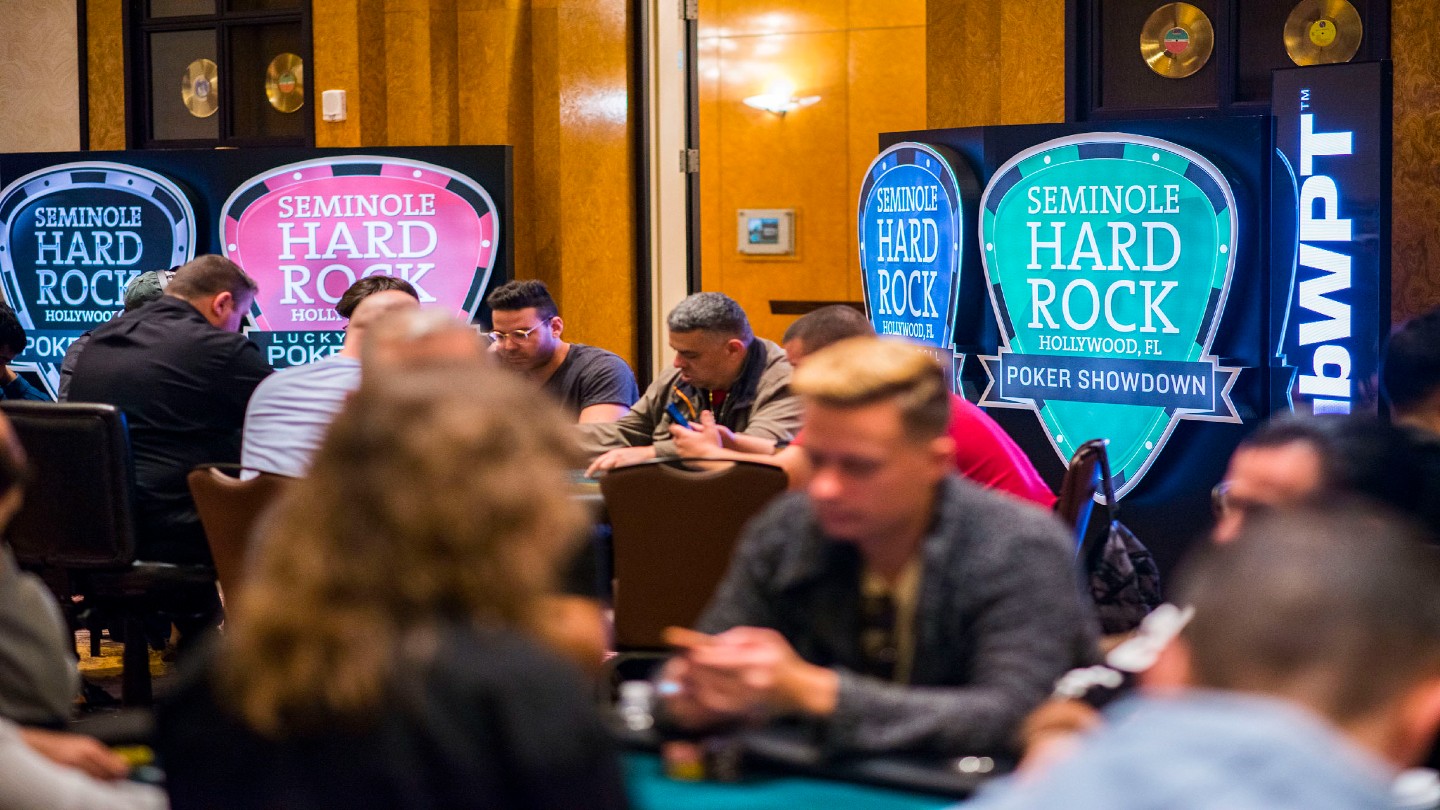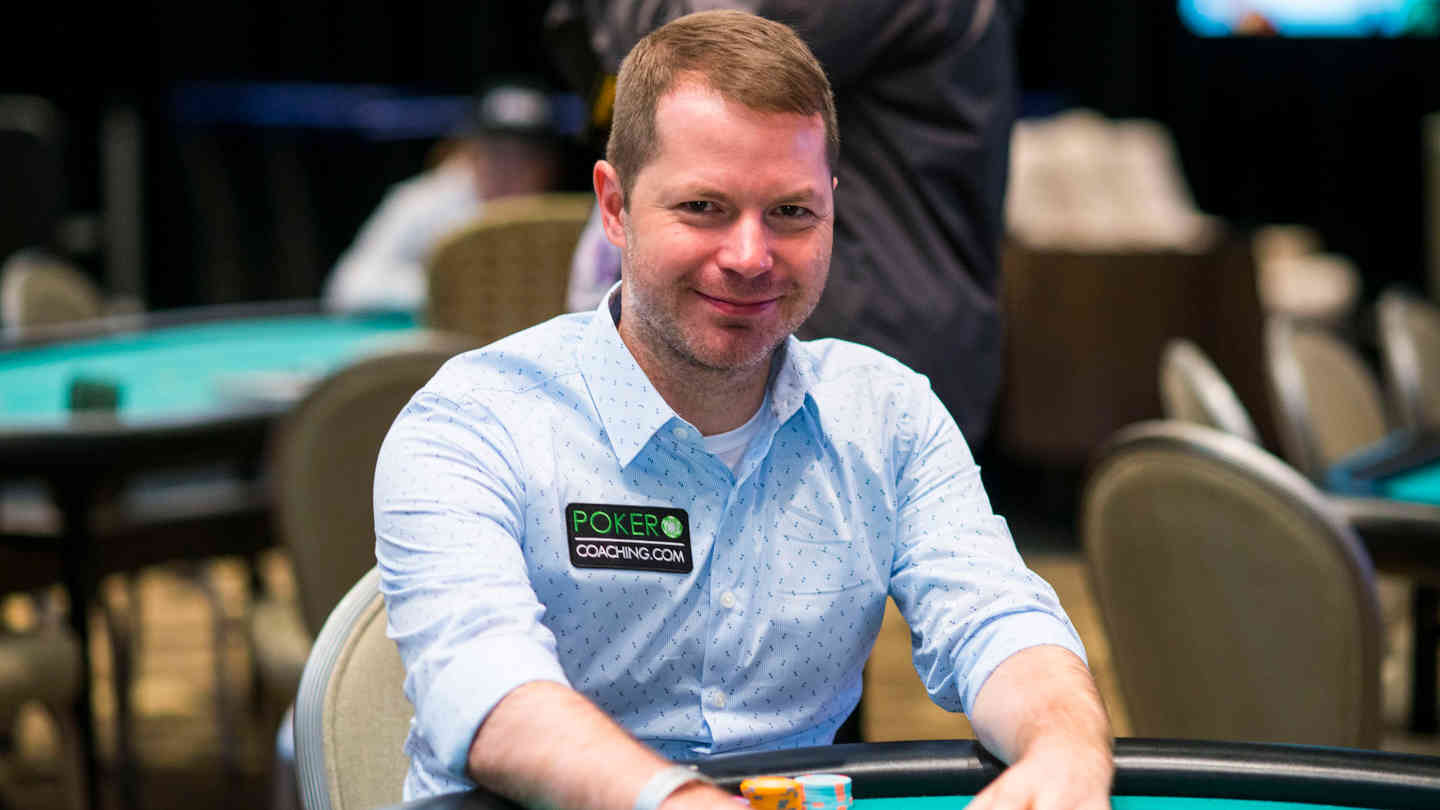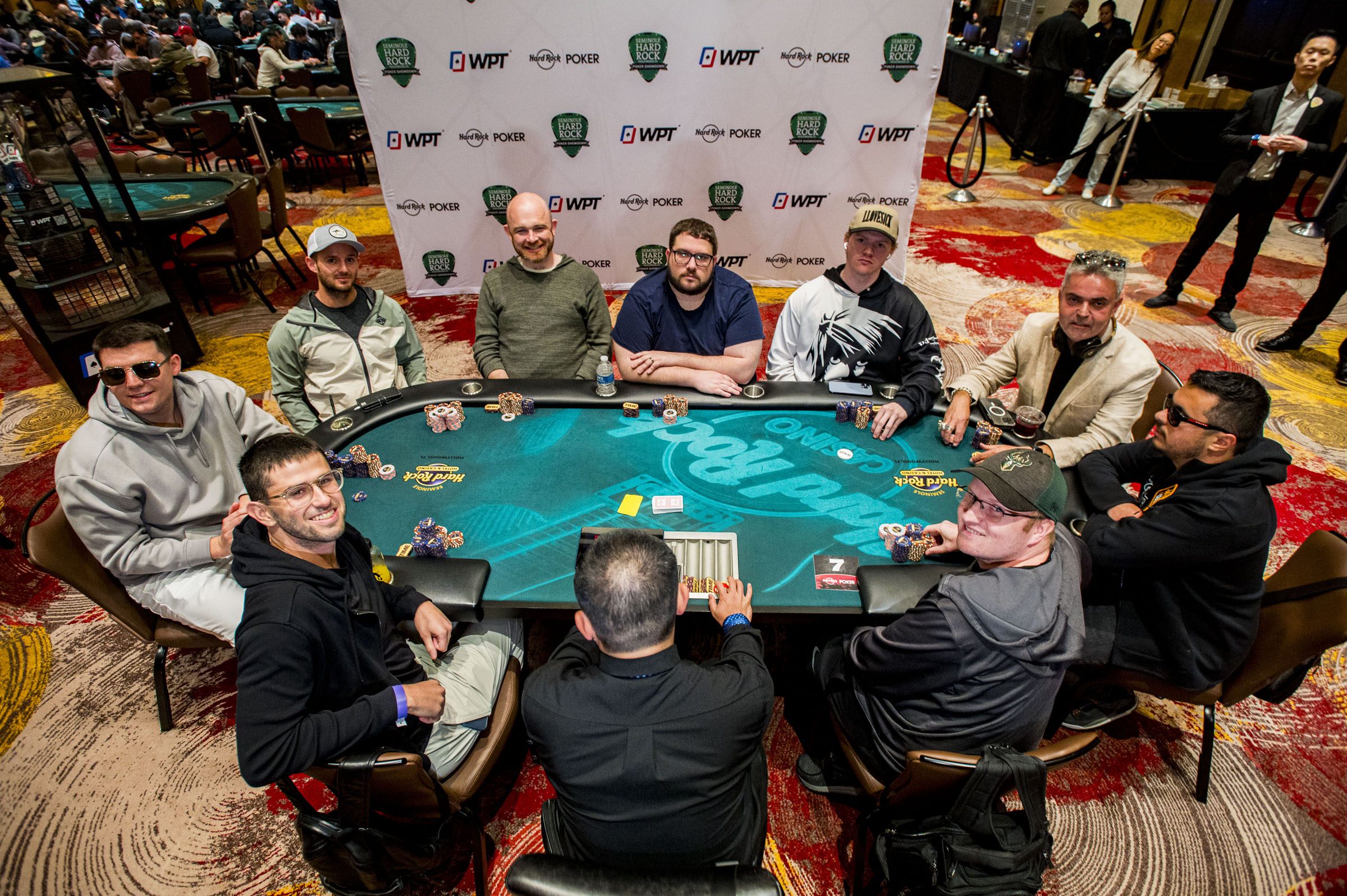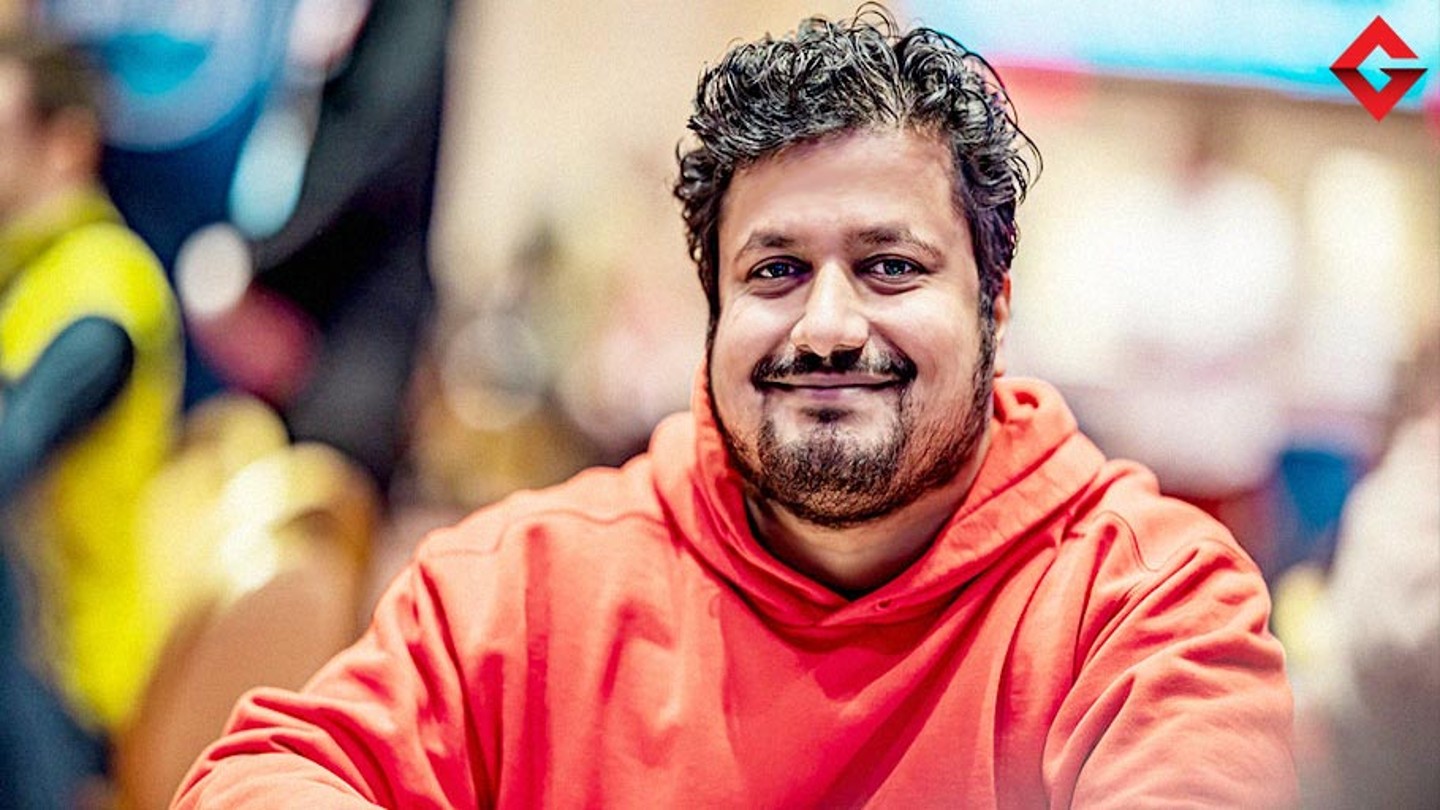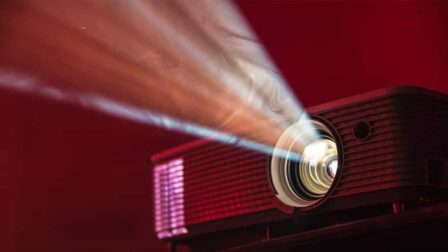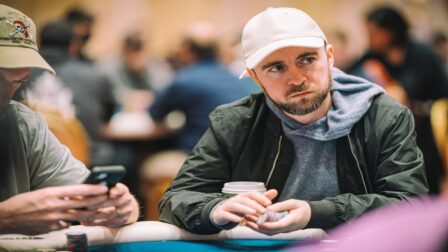Tips for Spotting Bluffers in Live Poker Games
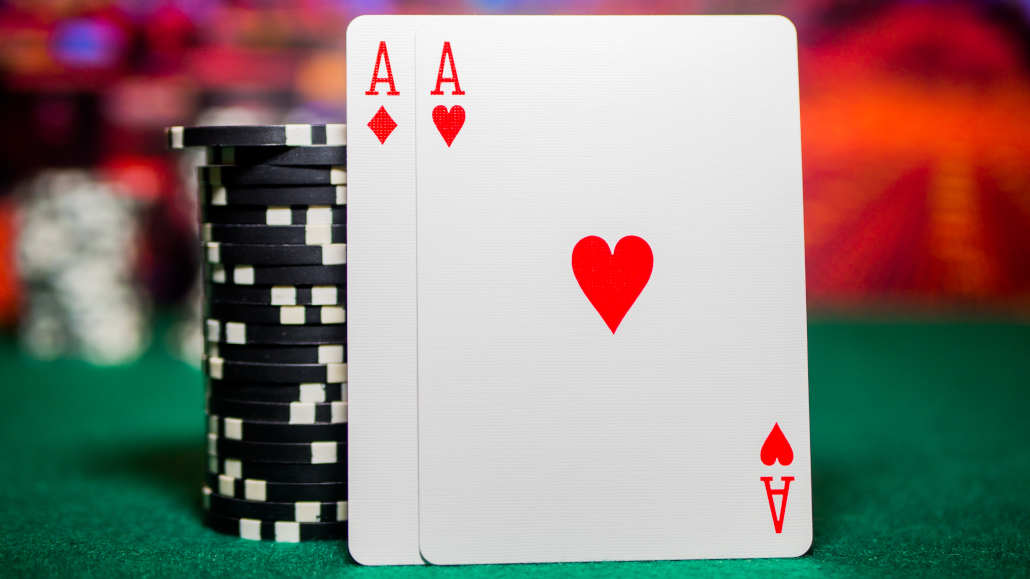
4 minutes
Last Updated: October 2, 2022
If you're playing in a live poker game or trying to find an online game from casino review site like www.kasinonetti.com, it's important to spot the bluffers.
Bluffers are players who bet or raise when they don't have a good hand in hopes of getting the other players to fold. While some bluffers are easy to spot, others can be more difficult to identify.
Luckily for you, we've composed a guide to help you spot a bluffer on the spot. Read below for some essential tips for spotting bluffers in live poker games.
What are some telltale signs in gambling patters that a player is bluffing in a live poker game?
There are a few key things to look for when trying to determine if a player is bluffing in a live poker game. Let's explore them!
- Pay attention to how the player is betting. If they are betting more than they normally would, it could be a sign that they are trying to bluff.
- Pay attention to the other players at the table. If everyone else seems hesitant to call the bet, it could be because the player is bluffing, and they don't want to risk losing money on a hand that isn't strong.
- Pay attention to the player's body language, tone of voice, and facial expressions. Now, this step is a bit more complex, which is why we'll further explore it below in greater detail.
So, keep reading to see how you can use an opponent's facial expressions, tone of voice, and body language to your advantage when trying to spot whether they're bluffing or not.
How can you use psychology to your advantage when trying to spot a bluff in a live poker game?
There are a few psychological techniques you can use to try and spot a bluff in a live poker game.
First, pay attention to the body language of your opponents. If someone avoids eye contact, fidgeting, or sweating, they may be trying to hide something.
If someone is trying to hide their emotions, they may give themselves away with physical cues.
Second, listen to the way your opponents speak. If they start stammering or using filler words like “um” or “uh,” and sound nervous or unsure, they may be bluffing.
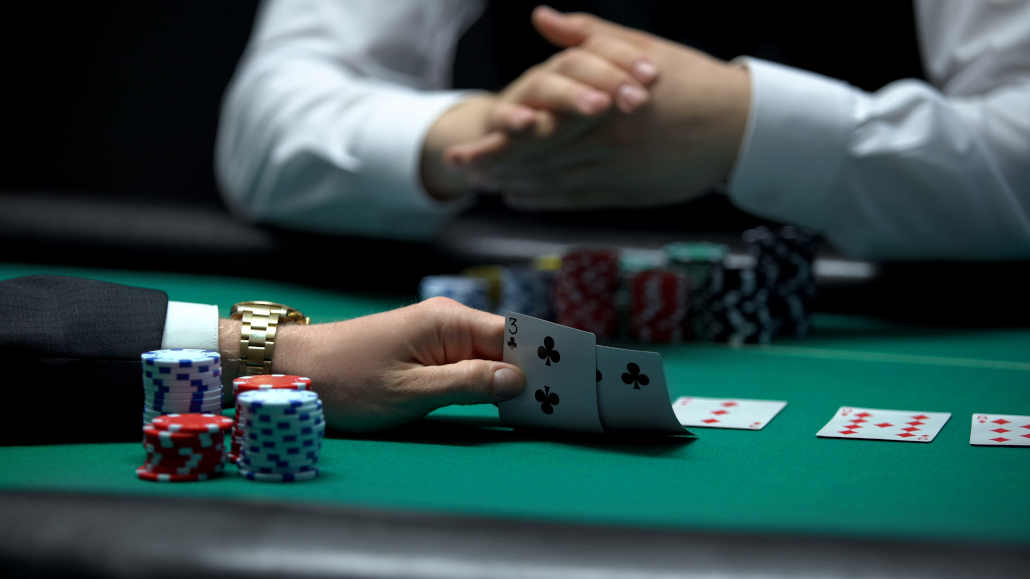
Finally, try to read your opponents' facial expressions. If they seem nervous or anxious, they may be bluffing.
Also, watch for changes in behavior. If someone suddenly starts acting differently, they may be trying to deceive you.
How can you use body language to your advantage when trying to spot a bluff in a live poker game?
There are a few key things to look for when trying to read someone's body language, and we're here to explore major ones with you.
So, let's get down to business and see how you can use your opponent's body language to your advantage and spot whether they're bluffing or not.
- See if their pupils are dilated. This can be a sign that they're feeling stressed or anxious, which may mean they're bluffing.
- Watch their hands – if they're fidgeting or playing with their fingers, this could be another sign of nerves.
- Pay attention to their feet – if they're shifting their weight from one foot to the other, it could mean they're uncomfortable and trying to leave the situation.
All these signs can help you see that your opponent in a live poker game is bluffing. If you notice any of them, it's your chance to capitalize on that bluff. So now, let's explore how you can do just that.
How can you capitalize on a player's bluff?
There are a few ways to capitalize on a player's bluff to avoid downswings. So, let's check them all out.
One way is to call their bluff and see if they will give up. Another way is to raise the stakes, which may force them to fold.
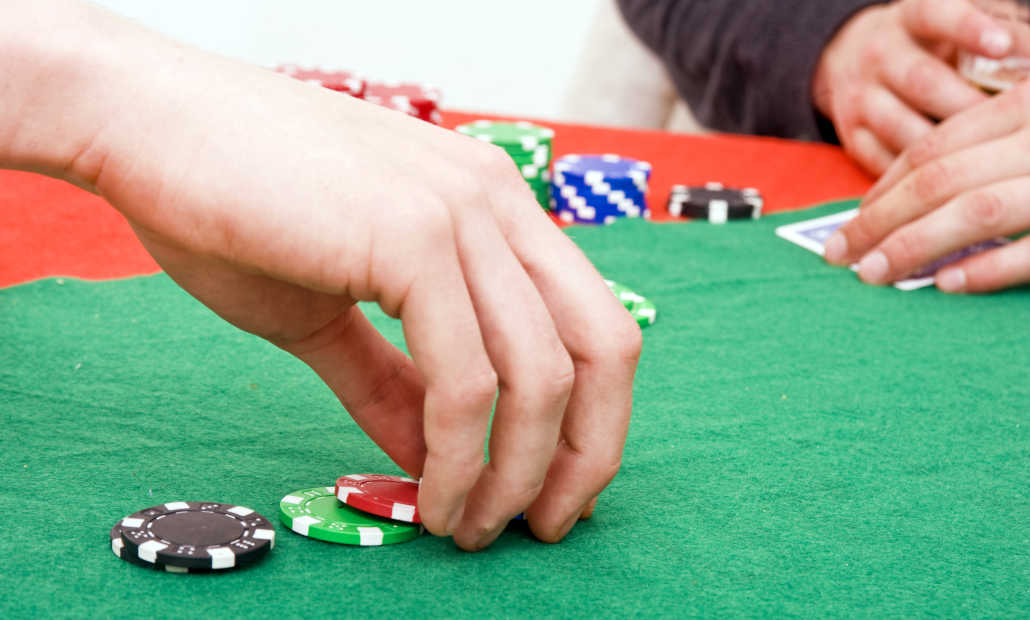
Finally, you can simply wait for them to make another move that will give you more information about their poker hand.
And say you've noticed one of the three types of a bluff; how do you know when to call it? Let's explore that too!
It can be difficult to know when to call a bluff since it can depend on various factors.
The best time to call a bluff in a live poker game is usually when you feel that the player is bluffing and you have the pot odds to make the call.
In online poker, you can use a heads-up display (HUD) to help you decide whether to call a bluff. A HUD is software that displays information about your opponents' playing habits on your screen while you're playing.
This information can be very useful in making the decision of whether or not to call a bluff!









